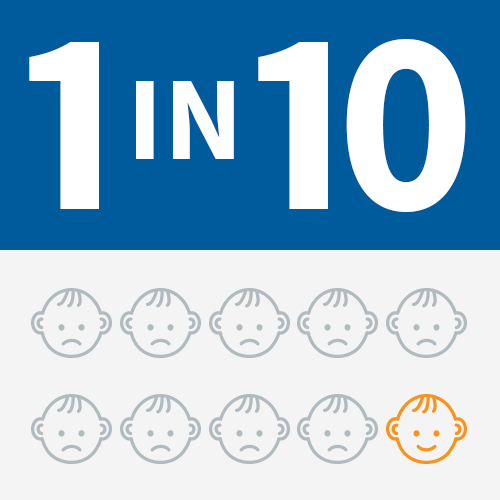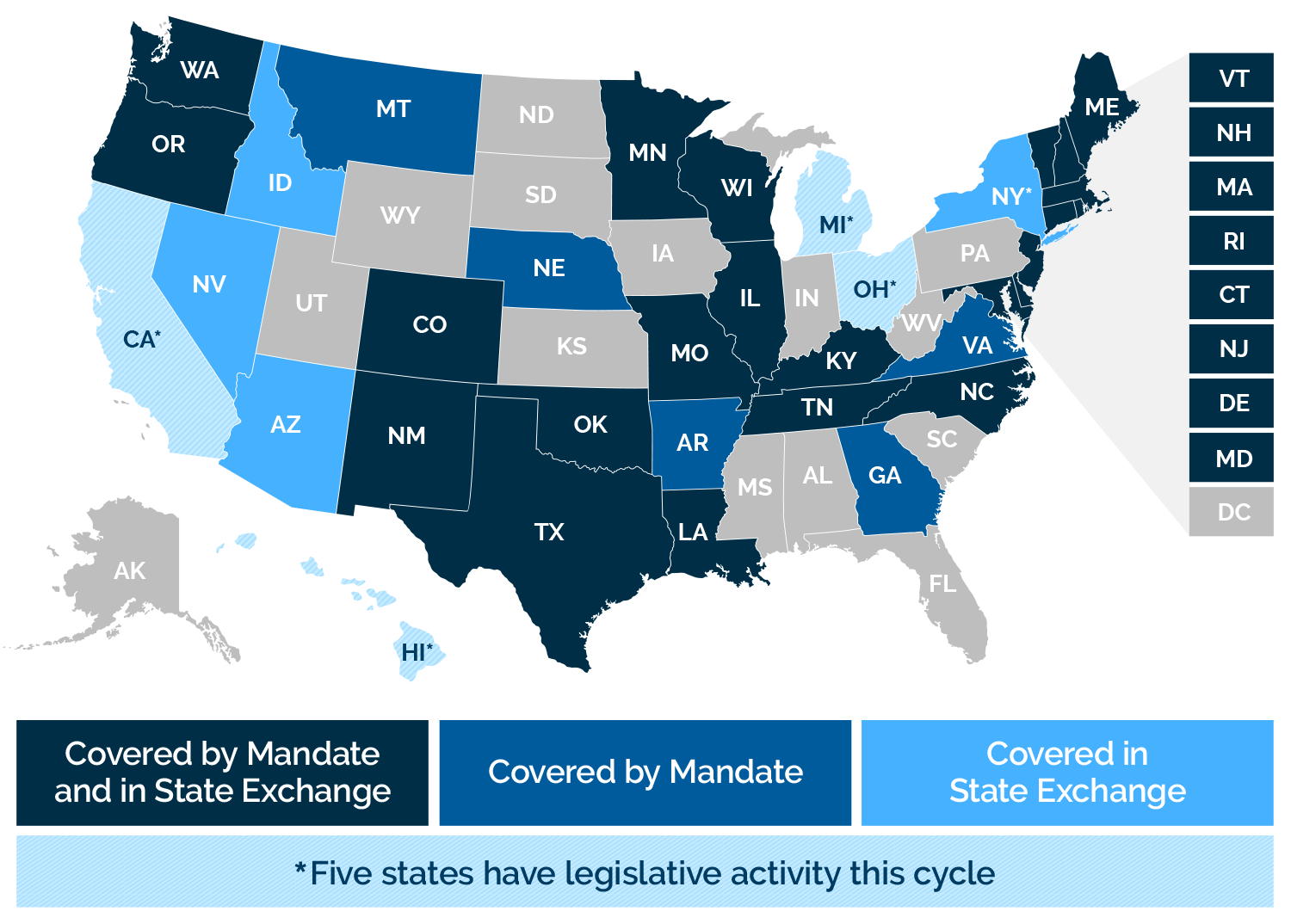Mission & Facts
A quick, one-page overview of the problem, our goals, and the facts on insurance coverage in California.
Our Mission
WE ARE A PARENT-LED INITIATIVE, WHOSE GOAL IS TO SECURE INSURANCE COVERAGE FOR CHILDREN’S HEARING AIDS IN CA.
In California, health insurance plans and policies are not required to cover hearing aids for children. As a result, only 1 in 10 families on privately funded plans have coverage. The other families are forced to either forego hearing aids for their child or pay the steep costs out-of-pocket. California currently lags behind over 30 states states that require private insurance coverage for children’s hearing aids through commercial plans and/or the state exchange.
Join us in our mission to secure insurance coverage for pediatric hearing aids for children and their families in California.
Numerous national, state, and local organizations have supported providing children access to hearing aids, like the American Academy of Pediatrics, California Teachers Association, California Children’s Hospital Association, California Hands & Voices and organizations throughout the state.

The Facts
Thirty-five states in the U.S. require coverage of children’s hearing aids—through a state mandate, their state exchange, or both. California may be joining them soon!
Learn more: view state-specific details on coverage status

Only 1 in 10 kids have hearing aids covered by their private health plan in California.[5]
6 of every 1,000 children in the U.S. are born with a detectable level of hearing loss in one or both ears. [1]
Hearing aids can cost up to $6,000 per pair and need to be replaced every 3-5 years, which results in a cost of over $40,000 by the time the child reaches 21.[3]
Newborns should be screened for hearing loss by age 1 month, diagnosed by 3 months and receive early interventions by 6 months.[2]
The estimated cost of special education and loss of productivity when a single child who is deaf or hard of hearing does not receive early intervention is $1M[4]
The first 6 months of a child’s life are the most critical in forming auditory pathways in the brain to hear.
[1] California Academy Of Pediatrics
[2] Center for Disease and Control
[3] Volta Voices (2002)
[4] Centers for Disease and Control and Prevention, Hearing Loss in Children
What the Experts are Saying

“1,000 children are born every year in California with hearing loss. For these children to develop speech and spoken language, hearing aids are an absolute medical necessity. There is overwhelming evidence that failure to provide appropriate intervention to deaf and hard-of-hearing children by 6 months of age leads to speech, language, cognitive, educational, and social-emotional deficits. Every month of delay in starting hearing aids correlates with decreased long-term language potential.
For this reason, hearing loss is considered a developmental emergency, requiring timely intervention to prevent permanent delays. Because of the urgency of identifying hearing loss, 99% of babies born in California undergo newborn hearing screening, a testament to the collaborative potential of our public and private health-care systems and the state Department of Education.
Screening and identification are only useful, however, when they lead to timely intervention, and that is where we are failing our children. Only 1 in 10 children in California have hearing-aid coverage through their private health plan. Hearing aids cost an estimated $3000 each. In our clinic, we see hard-working families who simply cannot afford hearing aids for their child, and we see the speech and language delays that happen when children who need hearing aids can’t get them. These preventable consequences are not only devastating for the child and family; they are costly to society. Without timely intervention, one child born deaf or hard-of-hearing costs taxpayers up to 1 million dollars in special education and loss of productivity.
We need to act now – a developmental emergency is evolving right now for every child in California without hearing aids due to inadequate insurance coverage.”
–Dr. Dylan Chan MD, PhD, FAAP, Director, Children’s Communication Center, Associate Professor, Pediatric Otolaryngology Head and Neck Surgery – University of California, San Francisco
“Language learning begins at birth. Stimulation of the auditory pathway needs to begin as early as possible so that the child develops language at the same rate as children with typical hearing.
The Joint Committee on Infant Hearing endorses early detection and identification of pediatric hearing loss. The group recommends screening at birth, identification of hearing loss by 1-3 months of age, fitting of amplification by 3 months of age, and enrollment in early intervention by 6 months of age to decrease the potential for costly delays. Our statewide program, First Five California, Talk Read, and Sing program is designed to promote language
stimulation during the first three years of life. But for those children whose families cannot afford hearing aids, the program and its benefits remain inaccessible. A child needs 20,000 hours of listening time to be ready to learn to read and write. Without this linguistic input the child is placed at significant educational risk for poor literacy outcomes.
Listening time simply cannot be missed. A young child who is deaf or hard of hearing who lacks hearing aids misses months of access to spoken language.”
–Debbie Schrader, LSLS Cert. AVT, Educational Specialist Assistant Professor of Clinical Otolaryngology USC Caruso Family Center for Childhood Communication Keck Medicine of USC


“The first months and years of our lives are crucial in developing the hearing pathways in our brains and hence our oral language. There is overwhelming evidence that children deprived of normal access to hearing have significant speech and oral language delays. This impacts their academic life, causes problems with social interaction as well as emotional and psychological difficulties.
Deaf or hard of hearing children who go untreated cost our taxpayers up to $1 million in special education and loss of productivity. Because of the importance of hearing in the early months of life, the Early Hearing Detection and Intervention program has instituted the 1-3-6 guidelines—screening by 1 month of age, diagnosis of hearing loss by 3 months of age, and early intervention and treatment by 6 months of age.
California does a beautiful job in screening and identifying our children with hearing loss but fails miserably when it comes to treating them. I see this every day when I take care of children who are hard of hearing at Rady Children’s hospital. I see the difference that a hearing aid makes in the lives and early development of these children. However, because only 1 in 10 children have hearing aids covered by their private health plan in California, I also see how devastating it is for parents who are unable to afford the treatment they know their child needs.”
–Daniela Carvalho, MD, FAAP, MMM Medical Director of Surgical Services, RCHSD Director, Hearing and Cochlear Implant Program Rady Children’s Hospital San Diego
